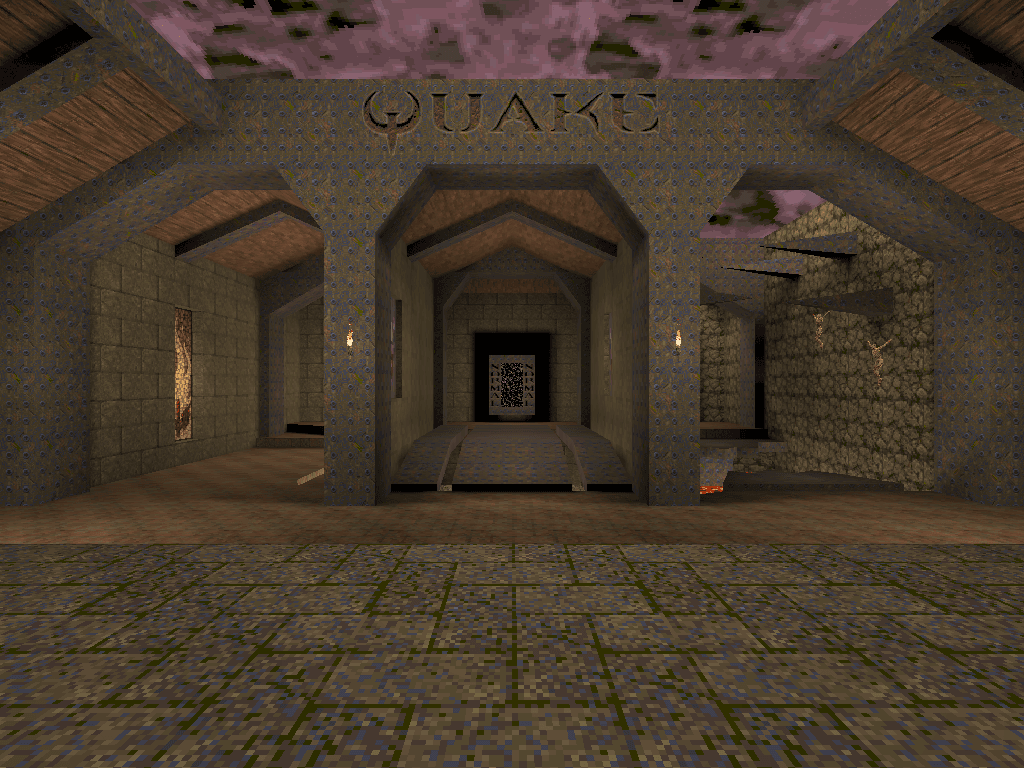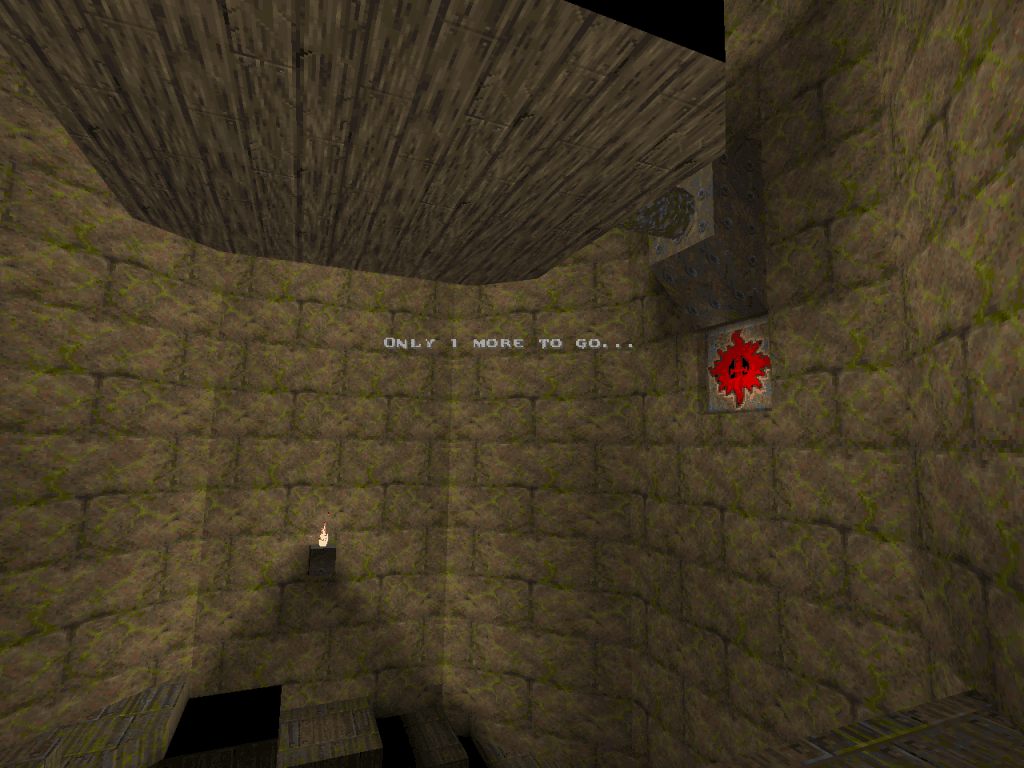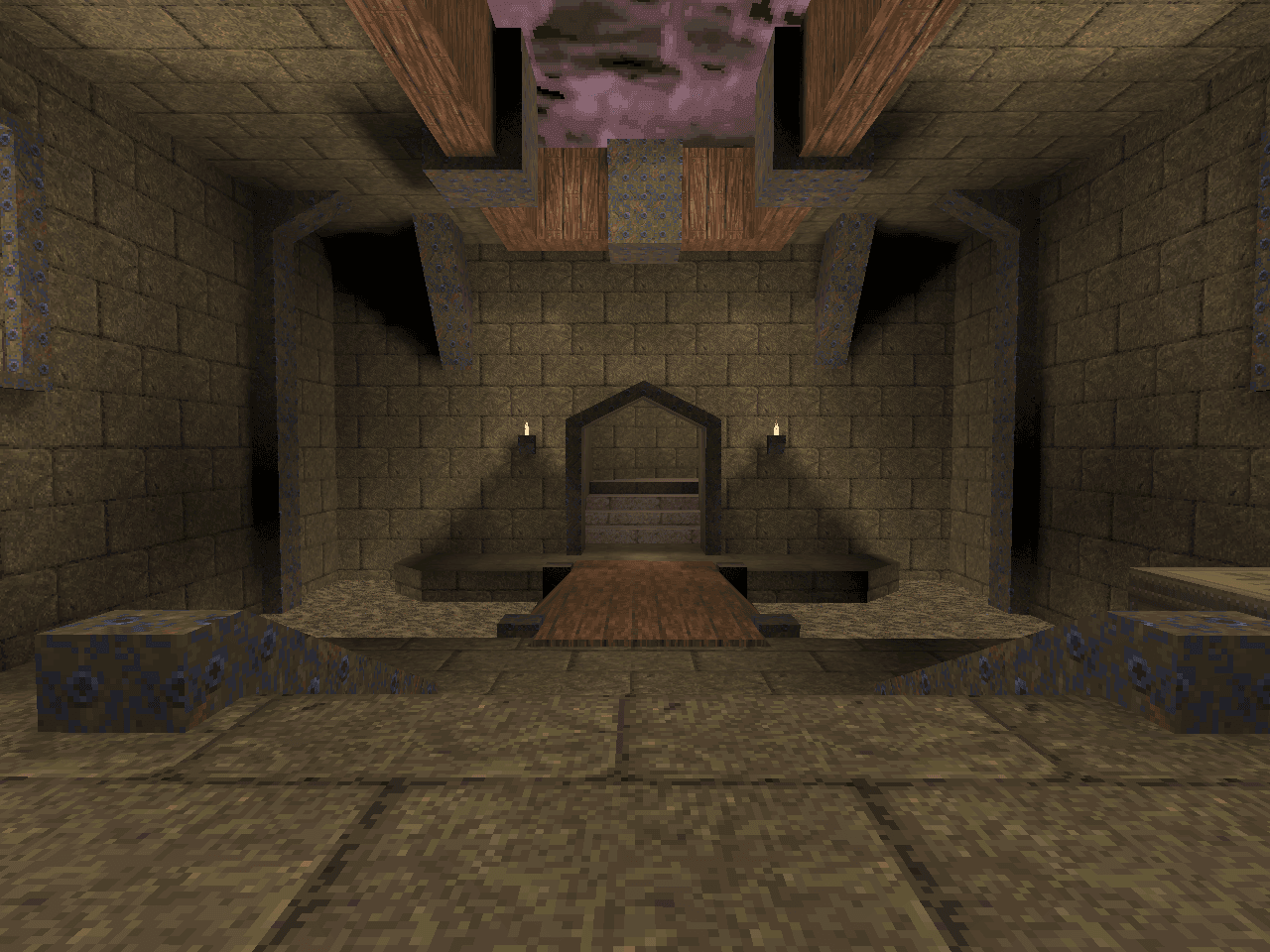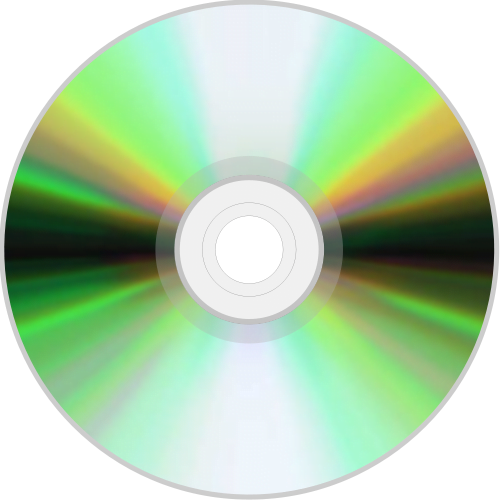If there’s one thing I need to improve on in my life, it’s to write something in the moment. I’ve bought plenty of games, played a bevy of mods, grabbed other assorted things for potential blog fodder…
Then I do nothing with it. This has happened more often than not, but only because I get the problem of being an ideas person and rarely act upon them. I’ve been slowly improving on this front, at least more than I was years ago.
Which brings me to this post about a game mod. I played this on a whim back in 2018, and thought it was pretty neat. While I’m currently wrapped in a few other things right now, I thought I’d write something quick for this month.
A few years back, I wrote an article praising the wonders of Red Book CD audio. CD audio tracks that would play in certain games, from PC classics like Half-Life, to even Sega CD games like Sonic CD. Unfortunately, modern technology is not too kind to the concept, as it often struggles to work properly on modern devices. In some cases, digital re-releases of games like Starsiege: Tribes didn’t even come with the CD music, removing part of the ambience.
There have been solutions thanks to source ports and game updates. For instance, playing Half-Life on Steam has all its music files as MP3s, so if the game (or a related mod) calls for that CD track, it’ll play it without needing the CD.

Which brings me to a classic in Red Book audio: Quake. One of the earliest PC games to use it, popping in the CD would fill your ears with weird ambient music by Trent Reznor and his band Nine Inch Nails. Modern source ports such as Quakespasm actually support playable CD tracks in MP3/OGG formats, which means one can rip the soundtrack from their copy of Quake – or just find it on the internet, I doubt id and Zenimax care these days – and play it easily, proper looping and all.
There’s a handful of Quake map packs that come with custom soundtracks tailor-made for the level pack, such as Travail. Others outright replace the Nine Inch Nails soundtrack with different ambient tracks, like EpiQuake or Quake Epsilon. But what if I told you someone replaced Nine Inch Nails music with Nine Inch Nails music?

(Oh wait, now I can’t get out…)
“Ghosts I-IV for Quake” is an interesting mod. Replacing the original 1996 soundtrack with the entirety of Ghosts I-IV, an album by Nine Inch Nails with nothing but ambient instrumentals seems like a good fit. In a sense, Ghosts I-IV is a spiritual successor to the original Quake soundtrack, even if there’s little similarities in style.
The album itself is interesting: Frustrated by their record label, Trent Reznor severs his contract with Interscope Records and decides to go independent – for a while anyway – and released this under a Creative Commons license. This license is how the mod exists without lawyers getting involved, as it’s a free mod for a commercial video game.

There is one other feature of this mod: There’s no monsters or weapons. Now there’s mostly empty levels with switches, lifts and other assorted things, but nothing to shoot. With god mode turned on. In a sense, this changes the perspective of the game entirely. No longer a straight explosive romp, it’s strictly an exploration-based affair.
(more…)



